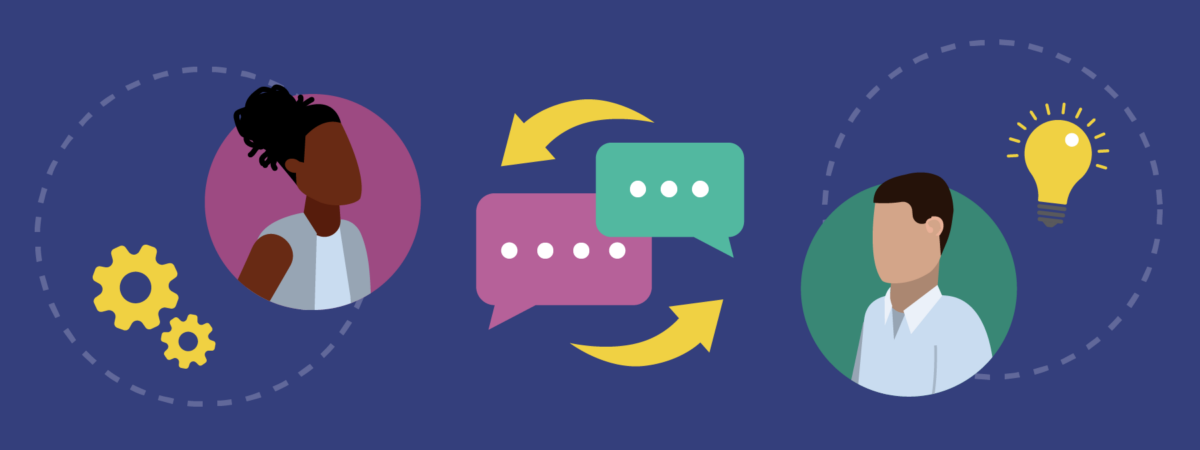
We know it is crucial to utilize powerful instructional practices that are research-based and effective. The goal is ultimately to foster student success. The problem, however, is knowing what our educators need on a particular day or over a few months. There is a challenge in what workshops and webinars are necessary to support our teachers. We know that what we tend to focus on becomes our lens, so if educational technology is my focus, my lens offer opportunities to learn new tech tools or new ways to implement those tools in the classroom. But, we need to know the lens for our educators. Enter feedback loops into the picture, and we can explore what a teacher needs and strategies to implement to achieve a better outcome.
The Challenge: Identifying what is needed for professional learning and how compelling are the learning experiences.
As a classroom teacher, I often looked online for training opportunities. I was an early adopter of technology in the classroom and often sought to learn from trailblazers. As a result, I had to search outside of my school to find educators offering courses in topics I was interested in. I didn’t always know what I needed, but I knew I wanted to implement technology in my lessons better.
As a facilitator of these learning experiences now, I often struggle to determine what teachers need to help build on their skills to help their students soar. As a result, it is often difficult to align my training programs to the actual needs of teachers. The challenge lies in evaluating my current work and identifying the gaps needed to support those who sign up for courses with me fully.
The Power of Feedback Loops: Feedback loops can help identify the needs and strengths of a training program.
Feedback loops can offer a valuable solution to these challenges because they establish a continuous flow of information between all collaborators. They enable the collection of timely and meaningful data that can be used to make informed decisions that can drive improvements in the offerings and the content of these sessions. For example, to determine what to offer for professional learning, I can use feedback loops to:
The first step is to identify what and how to collect feedback from teachers. This can be surveys, focus groups, or even check-ins. By involving teachers in this feedback process, I can ensure their voices are heard and their needs are addressed.
Once this feedback is collected, I must test my computational thinking skills and analyze the data. This analysis will help me make effective data-driven decisions about workshops and training sessions. I can use what I learned in the feedback loop to create and tailor my workshops and webinars to meet the needs of teachers. They will likely be more effective and offer ways to implement the knowledge to help students achieve.
Feedback loops are continuous and ongoing to meet teachers’ changing needs in this ever-evolving education landscape. But, the payoff is excellent in making sure that there is higher attendance at these learning opportunities. In addition, the topics chosen will be timely and engaging for teachers and offer ways for more collaborative teaching based on what is learned and shared in the feedback loops.